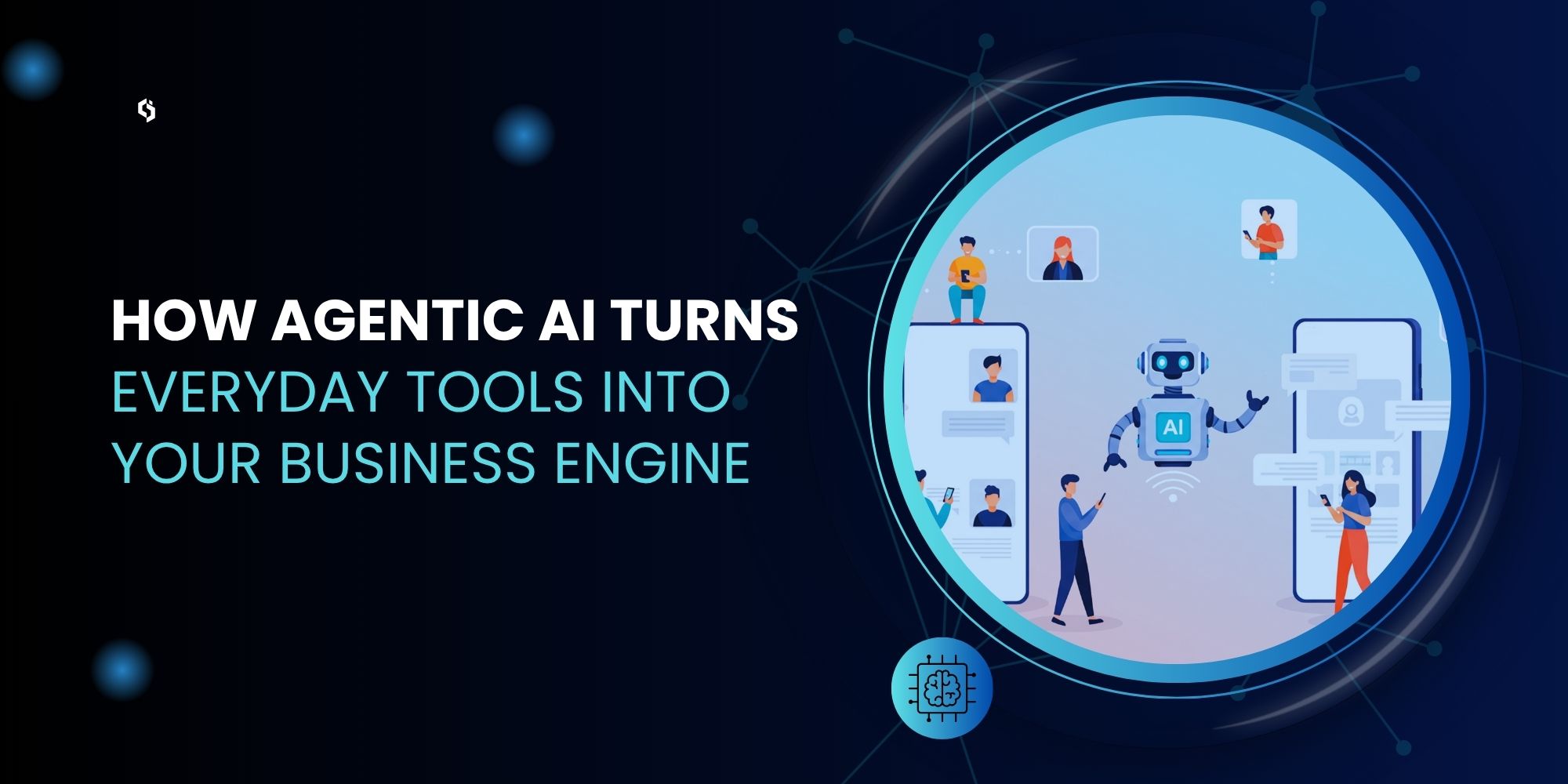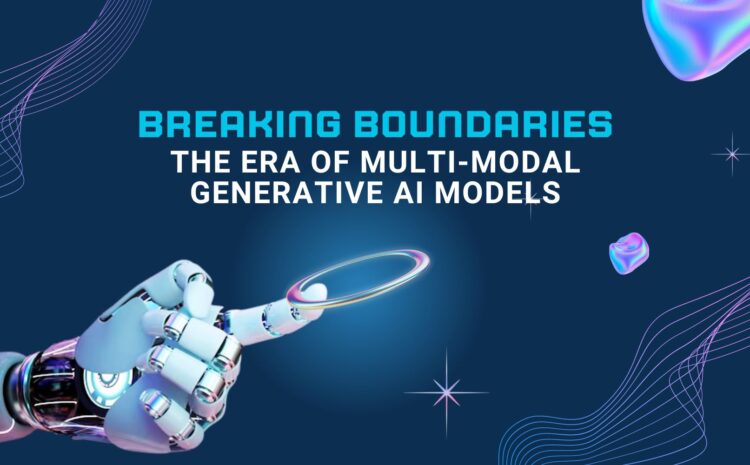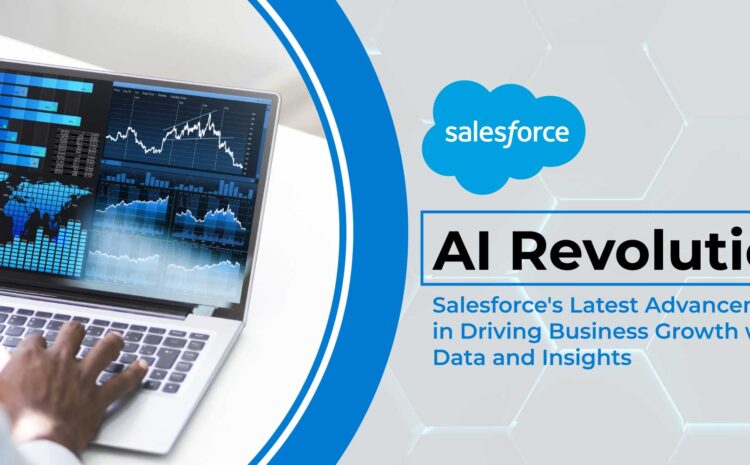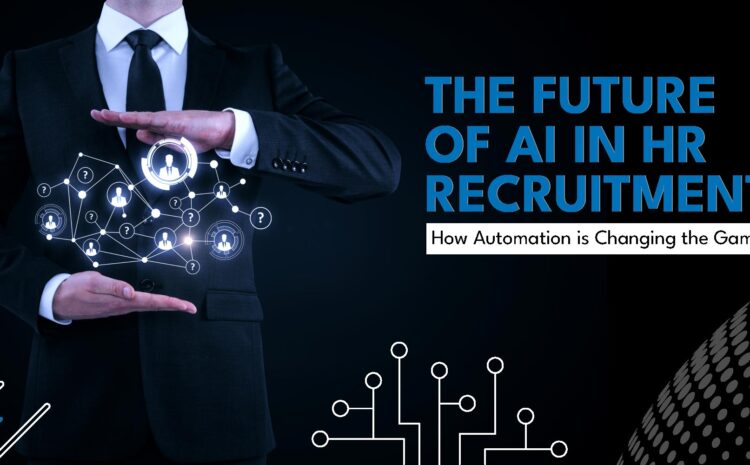Welcome back, everyone! Grab your favorite drink and get comfortable. We’re diving into one of the biggest shifts in technology, from generic AI to agentic AI.
Back in 2023, I was talking with a friend who runs an e-commerce jewelry business. At the time, his business used pretty basic AI like chatbots answering simple questions, maybe a few predictive tools here and there. Helpful, sure, but nothing that changed the game.
Fast forward to 2025, and his business is unrecognizable. Generative AI now writes product descriptions, launches marketing campaigns, and even designs inventory workflows, all with minimal human input. What used to be just an assistant has become the creative and operational engine of his company.
That’s the story playing out everywhere. The real question isn’t “Can AI do this task?” anymore, it’s “How can agentic AI run entire workflows for me?”
Short on time? Skip to the end for a quick TL; DR. Otherwise, let’s dive in.
What Exactly is Agentic AI?
If Generative AI is about creating text, images, or insights, Agentic AI takes it further. It’s not just reactive, it’s proactive. An AI agent can make decisions, take action, and coordinate across multiple apps or systems without constant human input.
For example:
- A chatbot answers a customer’s question.
- A generative model drafts a personalized email.
- But an agentic AI detects an abandoned cart, generates a discount offer, sends it, updates CRM records, and triggers inventory updates, all autonomously.
That’s the big leap from “a tool you use” to “a teammate that works alongside you.”
Generative AI Moves From a Tool to a Teammate By Using Agentic AI
This shift from generative to agentic is visible across industries:
- Manufacturing: Generative AI drafts designs. Agentic AI optimizes them for sustainability and pushes them directly into production workflows.
- Finance: Generative AI summarizes reports. Agentic AI turns raw data into live Salesforce or Zoho dashboards and alerts analysts proactively.
- Healthcare: Generative AI processes claims. Agentic AI schedules follow-ups, routes approvals, and updates patient systems automatically.
With Salesforce Einstein and Zoho Zia, these aren’t just concepts; they’re agentic AI in action inside CRM platforms.
Next Generation Engagement Multimodal Interfaces and Personalization at Scale
In 2025, AI is no longer just text-based. Multimodal agentic AI blends text, images, and audio, then acts on the results.
- Retail: AI try-on experiences (Salesforce Commerce Cloud, Zoho Commerce) adapt recommendations and automatically update stock.
- Customer Service: AI agents pull live CRM data, suggest solutions, and even escalate cases before customers complain.
- Media & Entertainment: Beyond generating content, agentic AI curates trailers, promotes them, and analyzes audience response.
This is the evolution, from simple chatbots to fully autonomous creative engines.
How Salesforce Along With Agentic AI, will transform businesses
Salesforce has reimagined CRM with Einstein 1 by embedding generative and agentic AI across the ecosystem:
- Sales: AI drafts outreach (generative) and schedules follow-ups with next-best actions (agentic).
- Service: Case notes are generated (generative) and routed to the right department automatically (agentic).
- Marketing: Campaigns are designed in minutes (generative), then launched and tracked without manual intervention (agentic).
- Insights: Einstein Copilot answers questions conversationally and executes actions, not just provides data.
Salesforce is moving from CRM software to an agentic AI-powered operating system for customer engagement.
How Zoho Can Harness Agentic AI Power Growth
Zoho weaves Zia, its AI assistant, across 55+ apps, showing how generative and agentic AI work hand-in-hand:
- End-to-End AI: Zoho CRM predicts outcomes (generative), while Zia updates tasks and workflows across Finance, HR, and Marketing (agentic).
- Content Creation: Deals and proposals are drafted (generative), then automatically shared with the right stakeholders (agentic).
- Customer Engagement: Zoho Desk offers personalized replies (generative) and escalates complex tickets with contextual data (agentic).
- Smart Analytics: Conversational queries produce dashboards (generative) that Zia pushes to teams on schedule (agentic).
Zoho’s strength lies in making agentic AI accessible to small and mid-sized businesses, not just large enterprises.
Scaling Innovation Responsibly
Agentic AI is powerful, but it must be responsible. That’s why businesses focus on:
- Fairness: Training with diverse datasets to reduce bias.
- Security: Leveraging cloud protections with constant monitoring.
- Transparency: Using explainable AI (XAI) for auditable decisions.
Platforms like Salesforce and Zoho embed these principles to keep agentic AI trustworthy.
How to Look Into The Future
The chatbot era is over. The future belongs to agentic AI systems, autonomous, multimodal, creative engines that think, act, and orchestrate entire workflows.
With Salesforce and Zoho as the foundation, businesses can move from fragmented experiments to true AI-powered transformation.
TL;DR: AI has evolved from simple chatbots to agentic AI—systems that think, act, and run workflows autonomously. With Salesforce and Zoho embedding this into their platforms, businesses can move from basic automation to full AI-powered transformation.
Hope you found this post insightful! While you’re here, take a look at some of our other articles—we cover Salesforce CRM, Zoho, Generative AI, Cloud Technologies, Cybersecurity, AWS, and more topics designed to help your business grow smarter.




